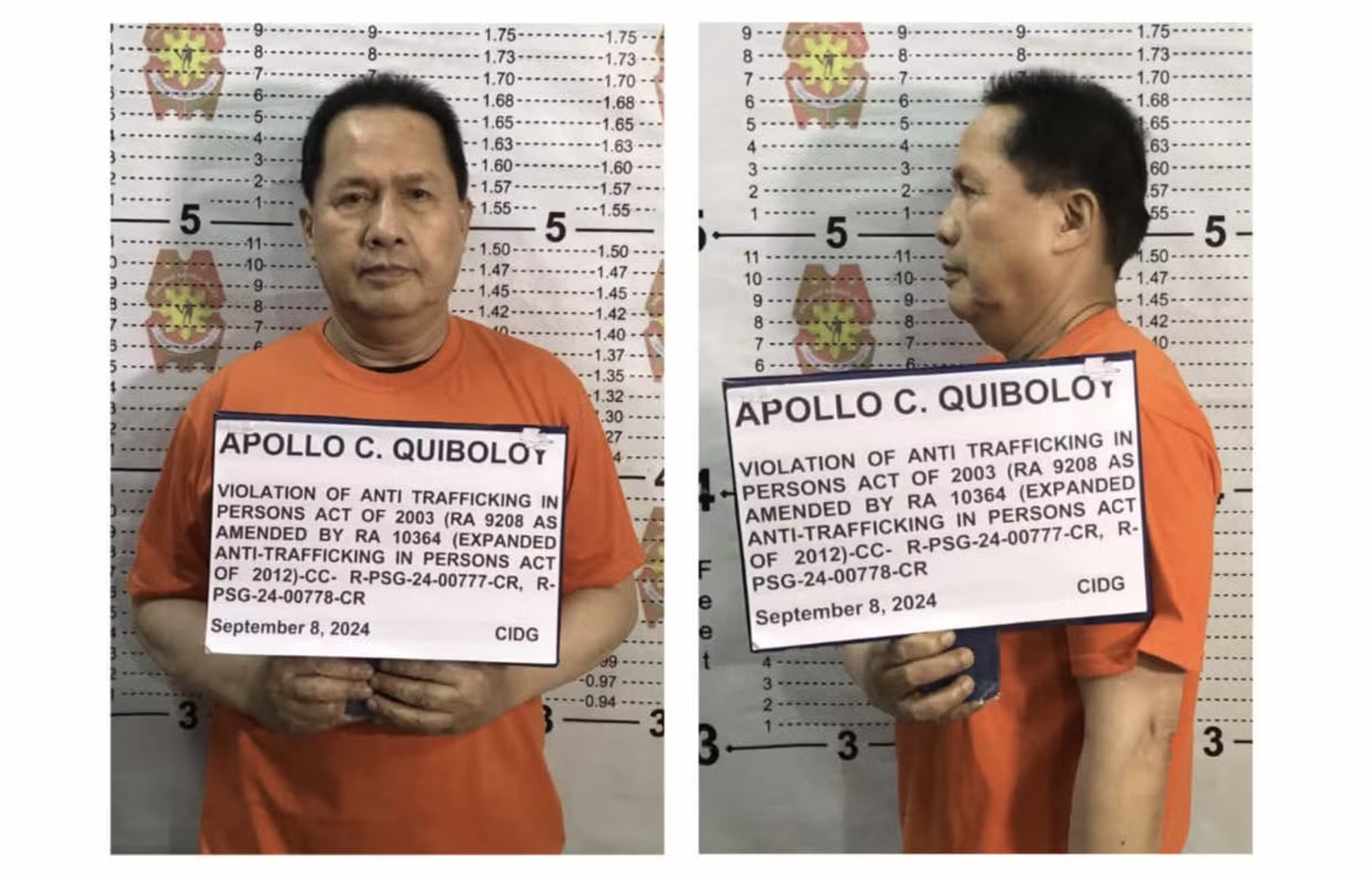More often than not, fake land titles in the Philippines are fabricated by syndicates to persuade buyers into acquiring supposedly cheap real estate properties. These syndicates usually require buyers to become members of an association first before they can purchase the property. In such cases, the offered price for the property is generally too low compared to the current fair market value.
According to the Chamber of Real Estate and Builders’ Associations, Inc. [CREBA] the biggest group of real estate developers, contractors and builders in the country, the syndicates rely on old titles from the vast barren lands during the Spanish occupation. The modus operandi of these syndicates is scouting around for vacant lands, obtaining a copy of the certificate of title covering the land and copying the textual information in that certificate onto a stolen or counterfeit blank form.
Then, in connivance with some rogue Register of Deeds personnel, the syndicates peddle the spurious but seemingly genuine certificates to unsuspecting buyers or lenders. Aside from individual lot owners, the syndicates have victimized real estate developers, and even banks.
Fake titling, CREBA noted, abound in areas where the land market is active such as in the vast lands of Quezon City, Tagaytay, Cavite, Caloocan and Bulacan. The other critical areas are the entire National Capital Region, Rizal, Baguio, Pampanga, Zambales, Palawan, Cebu, Negros Occidental and Davao.
The Land Registration Authority, the government agency tasked to preserve the integrity of the land registration process, said some of these fake titles use words such as “Titulo de Proprieda (4136) and Original Certificate of Title (OCT) 01-4, which are no longer used in the land registration proceedings under the Torrens system. The LRA is also the central depository of all lands records, through its Registry of Deeds offices nationwide.
Here are some guidelines from the LRA to help you distinguish fake titles from real ones.
1. Check if the initials, signatures, technical description, annotation and other component elements appearing on the front and at the back of the original are exactly the same as that appearing on the owner’s duplicate copy of the title. Any variance is a ground for suspicion;
2. Judicial Forms for titles are considered accountable forms. A serial number is assigned to each judicial form. The serial number to be used for the original copy is printed in red and the serial number for the duplicate copy is in black. The LRA distributes the judicial forms with serial number in consecutive order to the various Registries of Deeds. Any certificate of title bearing a serial number, which is not among the ones delivered to a particular registry, is of doubtful authenticity;
3. A number is assigned to each judicial form. It is indicated on the upper left-hand corner of the form. Example: Judicial Form No. 109 is used for the original copy of the TCT, which emanated from a decree of registration. Immediately below the Judicial Form number is the year the form was printed or revised. If, for instance, the judicial form on which the title was prepared bears a date previous to the time when such form was printed or revised, then this is a ground for suspicion;
4. The owner’s duplicate copy of the title contains the words “Owner’s Duplicate Certificate” on the left side margin of the judicial form. On the lower left corner of the form is affixed a red seal. The seal should not blot or stain when wet;
5. The last two digits of the title number should correspond with the page number of the registration book indicated on the upper right corner of the title. Any variance should be investigated;
6. A reconstituted transfer certificate of title is identified by the letters “RT” preceding the title number, while the reconstituted original certificate of title carries the letter “RO” before the title number;
7. The Central Bank judicial form is printed on security paper, which contains security features. The paper is 50 percent cotton and 50 percent chemical wood pulp with artificially colored silk fibers. It has a NALTDRA or LRA watermark which can be seen if held against the light. Patently fake titles are usually printed in forms made of cartolina or some other material of inferior quality.
8. Check if the Register of Deeds who signed the title was the incumbent register of deeds at the time the title was issued;
9. Check the entry of a related transaction in the Primary Entry Book to be certain that the title was issued on the basis of a duly registered document;
10. Check the Enumeration Book or logbook, which contains information on the personnel assigned to prepare the title on a certain date and the serial number of the judicial form used;
11. Check the Releasing Book if there was a title of such number that was released by the registry on that certain date;
12. If necessary, trace the history of the title to determine the genuineness of its source. This may entail going back to the mother title, the derivative titles and relevant documents.
—————————————————————————–
First published in the Featured Story section of Volume 1 Issue No.6 of SecurityMatters Magazine – Print Edition





